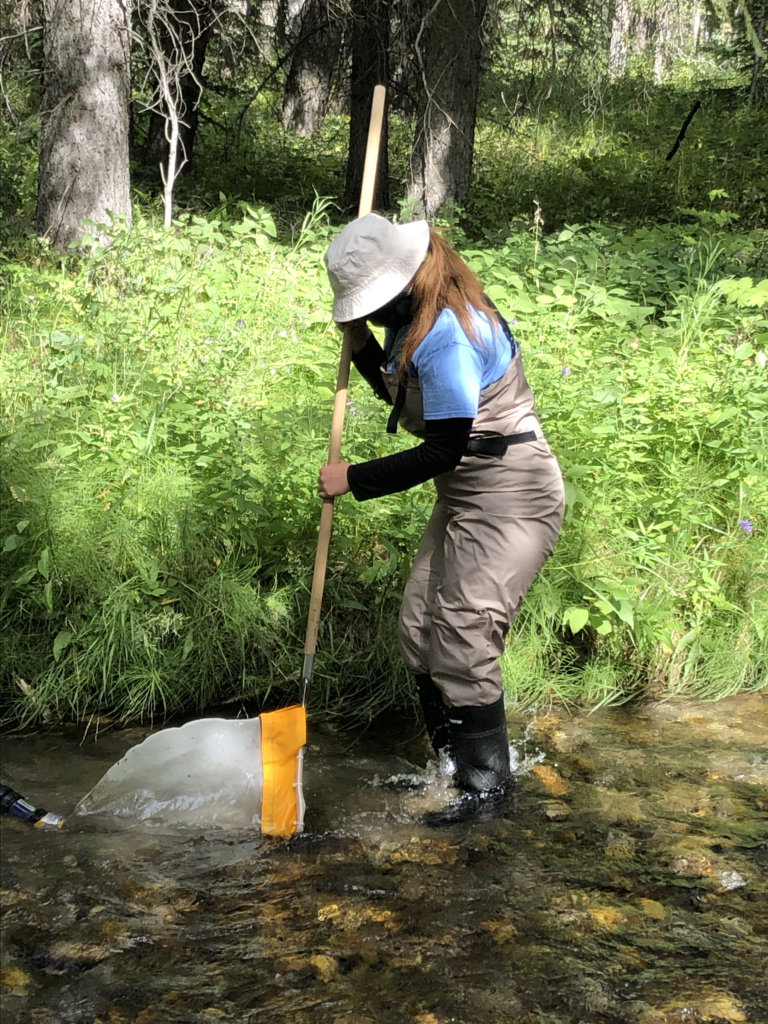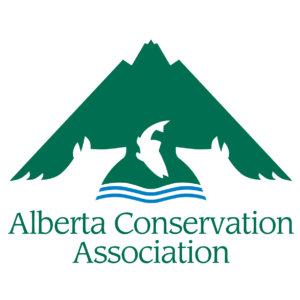Upper Athabasca River Watershed Biomonitoring Project
The Athabasca Watershed Council five-year biomonitoring project started in May 2020. This project aims to monitor benthic invertebrate communities, basic water quality, and habitat in the Upper Athabasca River Watershed. The Canadian Aquatic Biomonitoring Network (CABIN) sampling protocols will be used, along with the Sequencing the Rivers for Environmental Assessment and Monitoring (STREAM) eDNA metabarcoding analysis, and taxonomic analysis.
Read AWC’s report on what we know about benthic invertebrates in the Athabasca watershed:
Benthic-Report-1Read AWC’s and the University of Guelph’s STREAM report from 2023:
STREAM_RP90_Report_2022Read AWC’s and the University of Guelph’s STREAM report from 2022:
STREAM_Report_RP60_v2Read AWC’s and ABI Environmental Taxonomy Report from 2023:
AWC Report Benthics ABI Environmental Feb 2022Read AWC’s and ABI Environmental taxonomy report from 2022:
Athabasca report Final
Photo: Athabasca Watershed Coordinator Sarah MacDonald
Alberta’s eastern slopes are the headwaters for the Athabasca, Peace, North and South Saskatchewan Watersheds where an increase in pressures from human uses, including forestry, mineral and energy extraction, rural communities, cattle grazing, motorized recreation, hunting, fishing, horse back riding, hiking and camping, may impact water quality and aquatic ecosystems. The AWC and it’s partners recognize an opportunity for local organizations and volunteers to work together to develop a community-based water monitoring program to compliment ongoing government monitoring. Our partners include WPAC’s, stewardship groups, First Nation land managers, research groups, non-government organizations, and volunteers, with support from ECCC and Living Lakes Canada.
A factsheet about this project is available here.
Check out their projects here:
- Beneath the Surface: Water Monitoring in the Ghost Watershed – Ghost Watershed Alliance
- Eastern Slopes Aquatic Monitoring Collaborative – Living Lakes Canada
- Upper Athabasca Community Based Monitoring
Please contact science@awc-wpac.ca or call (780) 213-4550 for additional information.
This project is financially supported by:


